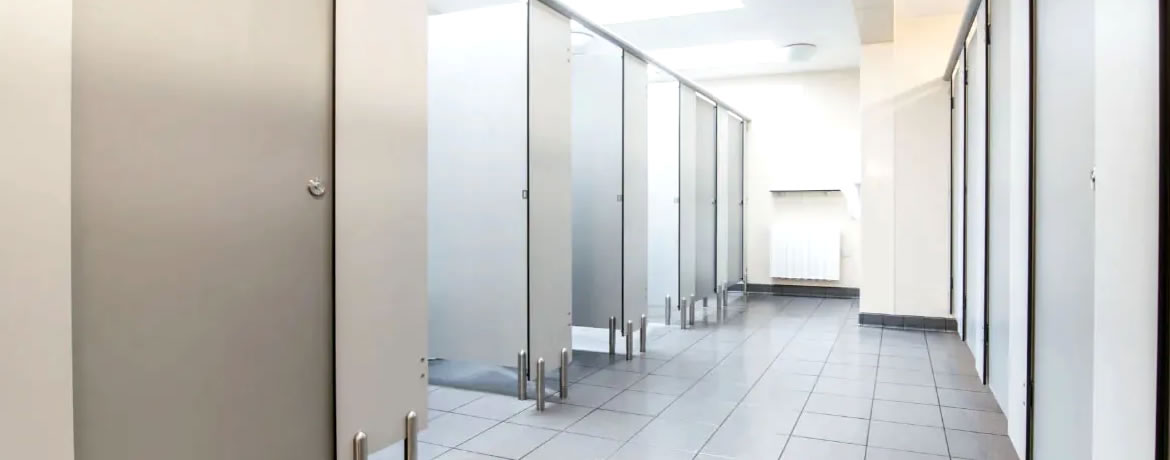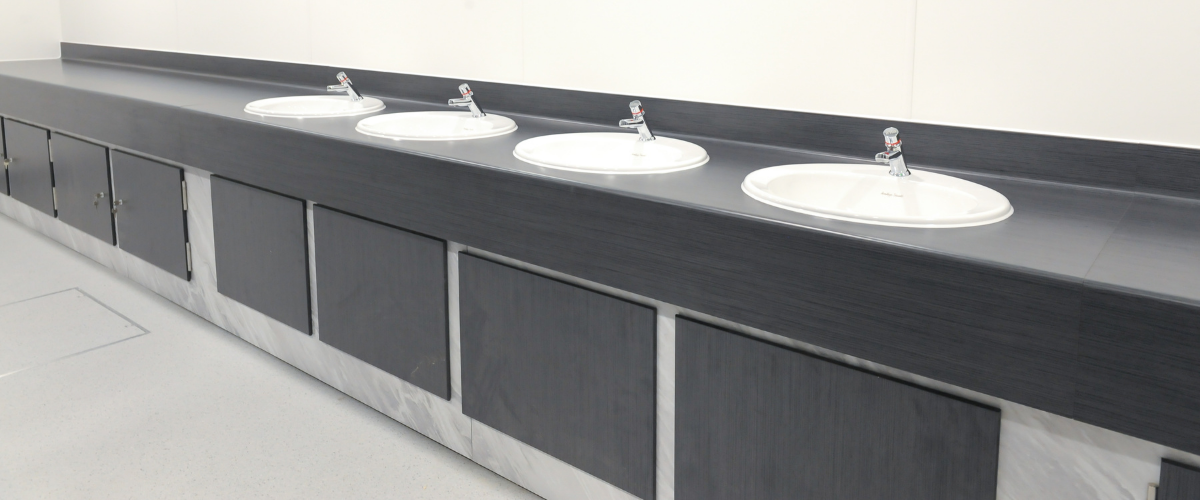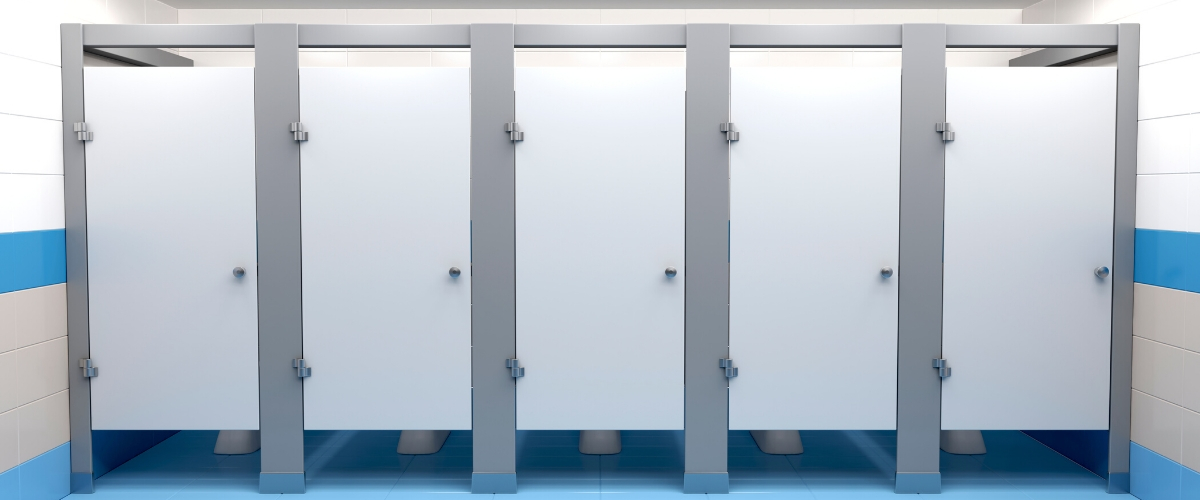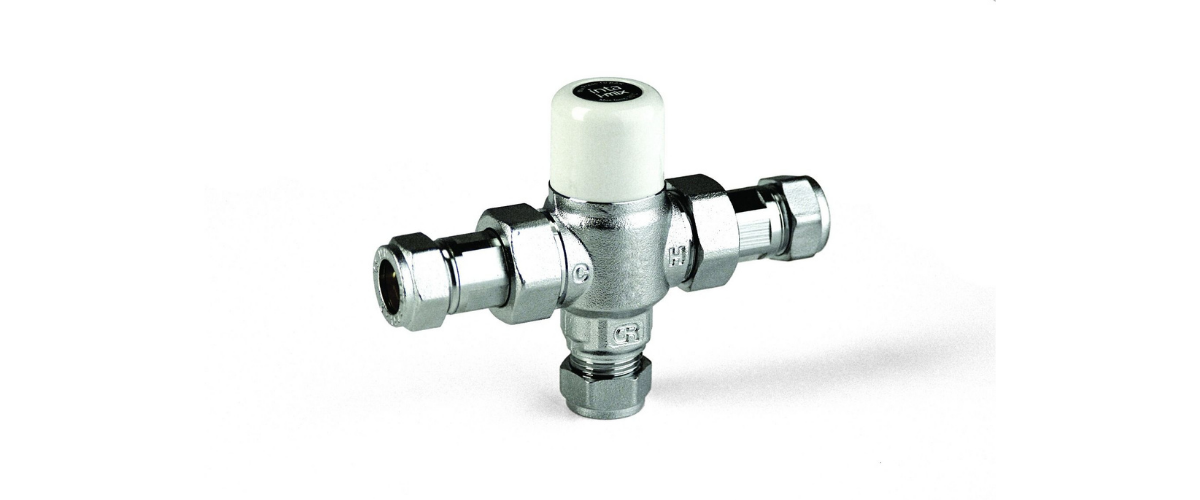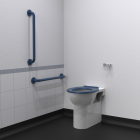How Many Disabled Toilets are Required in the Workplace?
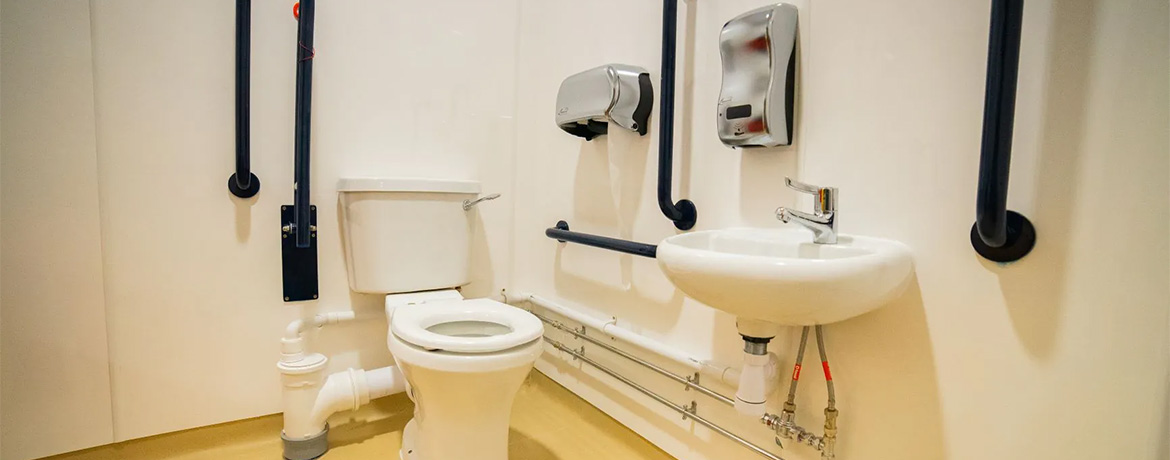
When it comes to the number of toilets in the workplace, the law is very clear on what is expected. Under the Workplace (Health, Safety and Welfare) Regulations 1992, all businesses and workplaces are required to supply adequate washing facilities for workers. But does this law also cover the number of disabled toilets; how many disabled toilets are actually required in the workplace?
General Toilet Regulations
According to the aforementioned Workplace (Health, Safety, and Welfare) Regulations 1992, the following guidelines need to be followed when it comes to washroom facilities:
- Employers should provide separate facilities for men and women. If this isn’t possible, toilets and washing facilities must have locks, to ensure privacy and security.
- Facilities must be clean and easily maintained, with waterproof floors and walls.
- Toilets and washing facilities should have both cold and hot running water, with soap and drying facilities provided.
- Washing basins must be a reasonable size. People should be able to wash hands and forearms in them.
- The toilets should have toilet paper. In the female toilets, there should be a disposal point for sanitary dressings.
- The facilities must have ventilation and light.
Adequate Facilities for those with Disabilities
Regarding the number of toilet facilities for disabled people, the law also requires that there be toilets and washing facilities that meet their needs. This is covered by the Equality Act 2010.
Employers have a duty to accommodate disabled employees by providing appropriate facilities for their needs. This may be that large cubicles with supports and low hand basins are essential, and under the law, an employer must provide suitable facilities for disabled staff, in the form of at least one accessible or ambulant toilet cubicle per washroom.
If a wheelchair-bound disabled person is recruited there is a need to accommodate wheelchair employees through the provision of at least 1 Doc M compliant toilet room. This will include an enlarged door width as well as the necessary grab rails, tap and raised height toilet pan.
By law, every washroom in the UK is required to supply at least one accessible or ambulant toilet for its workers and employees to use but the number of dedicated disabled toilet rooms will be dictated by whether an employer recruits any disabled employees.
If you’d like to learn more about our range of disabled toilet packs, you can view our Disabled Doc-M Toilet Packs here.
MORE TO EXPLORE IN Related Posts

Fitzroy Of London Wall Hung Doc M Toilet Pack with Concealed Grab Rail Fixings


